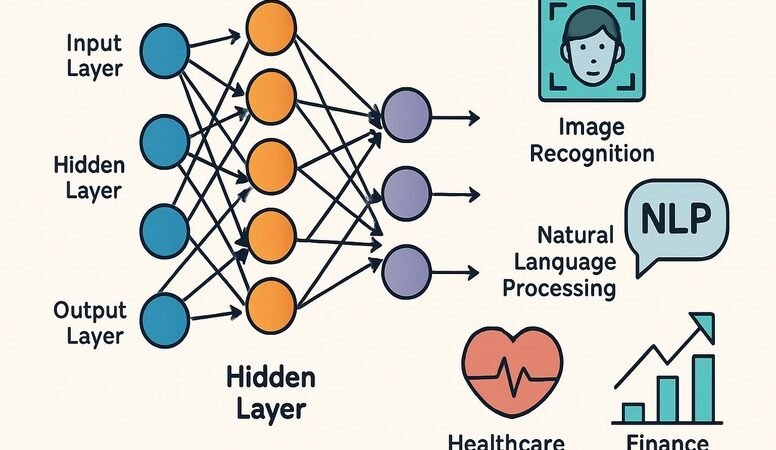AI tools are now everywhere—from writing stories to analyzing data, they help us do tasks faster and smarter. But, like talking to a person, how you ask AI matters. A well-crafted prompt makes AI give more accurate and helpful answers. That’s where prompt engineering comes in. Whether you’re a business leader, developer, or everyday user, learning how to “talk to AI” effectively through a prompt engineering course can unlock better, more relevant, and more creative outputs. As AI grows smarter, knowing how to ask the right questions is more important than ever.
What is Prompt Engineering?
Prompt engineering means crafting effective questions or commands to communicate with AI systems like ChatGPT. It’s all about choosing the right words to get the best possible results. Whether you want AI to generate a story, write code, or analyze market data, your prompt determines the quality of its response. Think of it like giving crystal-clear instructions to a smart assistant—vague directions confuse it, but clear ones unlock its full power.
Why is Prompt Engineering Critical Today?
AI adoption is rapidly increasing. Reports show that over 70% of businesses plan to expand their use of AI within the next year. However, AI models are not mind readers. Without well-structured prompts, they can generate irrelevant, inaccurate, or even misleading content. That’s why taking a prompt engineering course or learning prompt crafting techniques is essential. It boosts accuracy, saves time, and enhances the relevance of the results. This makes it a crucial skill for students, professionals, developers, and content creators alike.
How to Write Better Prompts: Practical Tips
Clarity and Specificity
Avoid vague language. Clear, specific prompts get better answers. For example, instead of asking, “Tell me about dogs,” ask, “Explain the physical features of Golden Retrievers and their behavior traits.” This helps the AI deliver focused, valuable responses.
Include Context and Background
Context improves output. If you’re requesting marketing strategies, mention your product, niche, or target audience. For instance: “Suggest five Instagram marketing ideas for a new fitness clothing brand targeting Gen Z.” The more details you provide, the better the results.
Use Step-by-Step Instructions
For complex tasks, break your prompt into steps. For example, if you’re asking AI to generate a blog, say: “Step 1: Give me a catchy blog title. Step 2: Write an engaging introduction. Step 3: Suggest three subheadings.”
📌 Check more about: Text generation and prompting
📌 Read more: AI for Freelancers
How Prompt Engineering Works
AI models are trained on huge datasets, but they still rely on patterns and probabilities. When you give a prompt, the model tries to predict the most likely next word or sentence. A strong prompt guides the AI’s reasoning and keeps it aligned with your intent. Every word shapes its behavior—tone, context, and direction all matter. That’s why learning prompt engineering is like learning to speak a new language—a language AI understands.
The Future of Prompt Engineering
Will AI someday understand us perfectly without clear prompts? Maybe. But for now, prompt engineering is a must-have skill. In fact, the demand for professionals with these skills is growing. Many tech companies are already hiring Prompt Engineers to fine-tune AI tools, create content strategies, or automate customer interactions.
If you’re serious about AI, consider enrolling in a prompt engineering course. It will give you the structure and practice to master this valuable skill.
Conclusion
Mastering prompt engineering changes how you interact with AI. Whether you’re writing, coding, researching, or marketing, good prompts are the foundation of success. With clear questions, relevant context, and consistent testing, you’ll see better results in no time. Keep learning, experimenting, and improving. As AI evolves, so should your skills in guiding it. The future belongs to those who know how to talk to machines—and a good prompt engineering course can help you get there.








